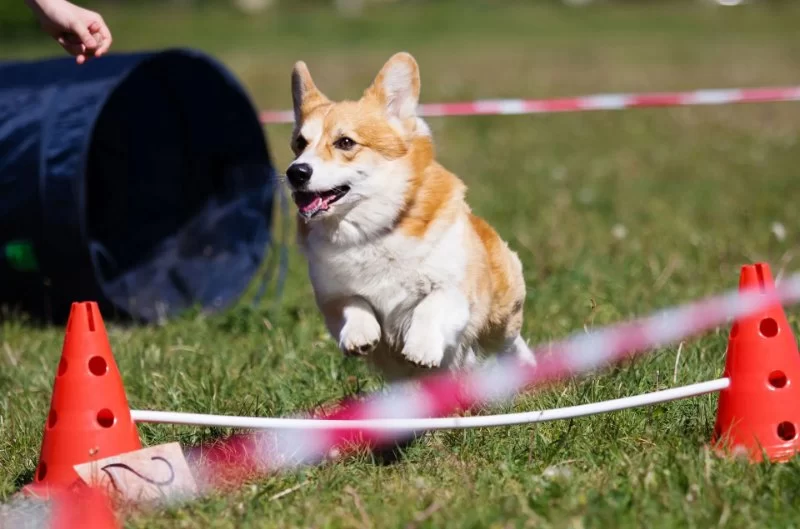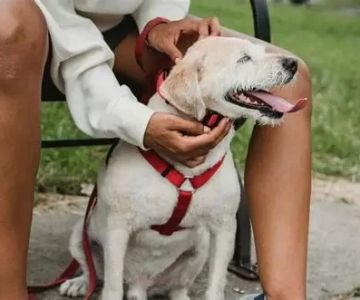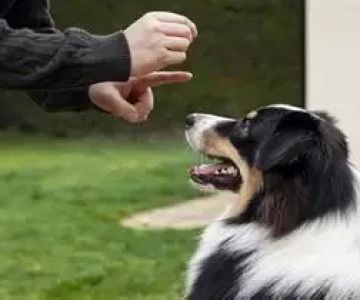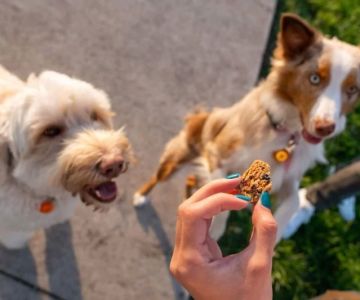- training-your-rescue-dog-building-trust-day-one
- understanding-rescue-dog-backgrounds-and-emotional-needs
- setting-the-right-environment-for-a-rescue-dog
- using-positive-reinforcement-techniques-effectively
- importance-of-socialization-and-consistent-routines
- knowing-when-to-seek-professional-training-or-vet-help
- real-life-transformation-with-help-from-hidden-brook-veterinary
1. Training Your Rescue Dog – Building Trust from Day One
Adopting a rescue dog in 2025 is a deeply rewarding decision, but it comes with unique challenges. Unlike puppies raised in stable homes, rescue dogs often carry emotional baggage—fear, anxiety, or mistrust. That’s why building trust and establishing good behavior from day one is absolutely crucial. This journey begins the moment your new companion steps into your home.
Whether you’re welcoming an energetic retriever from a shelter or a timid senior from a foster home, early training sets the tone for a long-term, loving relationship. From establishing routines to using consistent positive reinforcement, each step can strengthen the bond and help your rescue dog adapt with confidence.
2. Understanding Rescue Dog Backgrounds and Emotional Needs
2.1 The Emotional Luggage They Carry
Many rescue dogs come from neglect, abuse, or long periods of instability. It’s important to see their behavior through the lens of past trauma. Barking, hiding, or fear-based aggression are often defense mechanisms, not signs of bad character.
2.2 Building Empathy Through Patience
Start by observing rather than correcting. Give them the space to decompress—sometimes called a “decompression phase”—which can last days or even weeks. During this time, let your dog explore at their own pace while offering food, water, and gentle words. Your calm, consistent presence lays the foundation for future training.
3. Setting the Right Environment for a Rescue Dog
3.1 Creating a Safe Space
Every dog needs a sanctuary—a corner with a soft bed, toys, and no overwhelming noise. Avoid chaotic or unpredictable schedules early on. The more control the dog feels over their surroundings, the faster they’ll adapt.
3.2 Establishing Clear Boundaries
Structure is soothing to dogs with unpredictable pasts. Set clear feeding, walking, and play times. Don’t switch up routines abruptly. Use gates or crates (if crate-trained) to help reinforce boundaries without feeling like punishment.
4. Using Positive Reinforcement Techniques Effectively
4.1 Why Positive Beats Punishment
Punishment reinforces fear in rescue dogs. Instead, reward-based training (treats, praise, or affection) teaches them that good behavior leads to good things. For example, if your dog sits instead of jumping when guests arrive, reward them instantly.
4.2 Timing is Everything
Timing your rewards is crucial—dogs associate actions with outcomes within 1-2 seconds. If your dog follows a command, praise immediately. For example, during leash training, reward calm walking behavior in real-time, not after the walk ends.
4.3 Consistency Builds Confidence
Use the same verbal cues and hand signals each time. If you say “sit,” everyone in the home should say “sit,” not “down” or “sit down.” This consistency helps the dog understand expectations and feel more secure.
5. Importance of Socialization and Consistent Routines
5.1 Controlled Social Experiences
Socialization doesn’t mean taking your dog to a busy dog park on day three. Start with calm introductions—perhaps a neighbor’s calm dog or a slow walk near a schoolyard. Observe their reactions and use treats to associate new things with positivity.
5.2 Building a Daily Structure
Dogs thrive on routine. Feed, walk, and play at roughly the same times each day. Use routine cues like turning off lights before bed or putting on shoes before a walk. These rituals make your dog feel safe and confident.
6. Knowing When to Seek Professional Training or Vet Help
6.1 Spotting Deeper Issues
If your dog continues to show signs of deep anxiety, aggression, or obsessive behaviors despite training, it may be time to consult a certified behaviorist or vet. Hidden trauma often manifests physically—excessive licking, digestive issues, or sudden aggression.
6.2 Resources That Work for You
Don’t wait until things escalate. At Hidden Brook Veterinary, our professionals understand the unique needs of rescue dogs. From behavioral consultations to customized care plans, we can guide you toward building a healthy, trusting relationship with your dog.
7. Real-Life Transformation with Help from Hidden Brook Veterinary
7.1 Rocky’s Road to Redemption
Take the story of Rocky, a three-year-old pit mix adopted from a Florida shelter. He growled at strangers, wouldn’t eat, and panicked at loud noises. His owners reached out to Hidden Brook Veterinary, where he received a tailored training and nutritional plan.
Through consistent routines, desensitization therapy, and check-ins with a behavioral specialist, Rocky began to change. Within three months, he was greeting guests, walking calmly on leash, and even learning agility tricks.
7.2 Your Journey Starts with One Step
Every rescue dog is capable of transformation with patience, structure, and the right guidance. Don’t underestimate the power of early training and emotional support. Whether you’re just beginning this journey or have hit a rough patch, Hidden Brook Veterinary is here to help you and your dog find harmony from day one.












